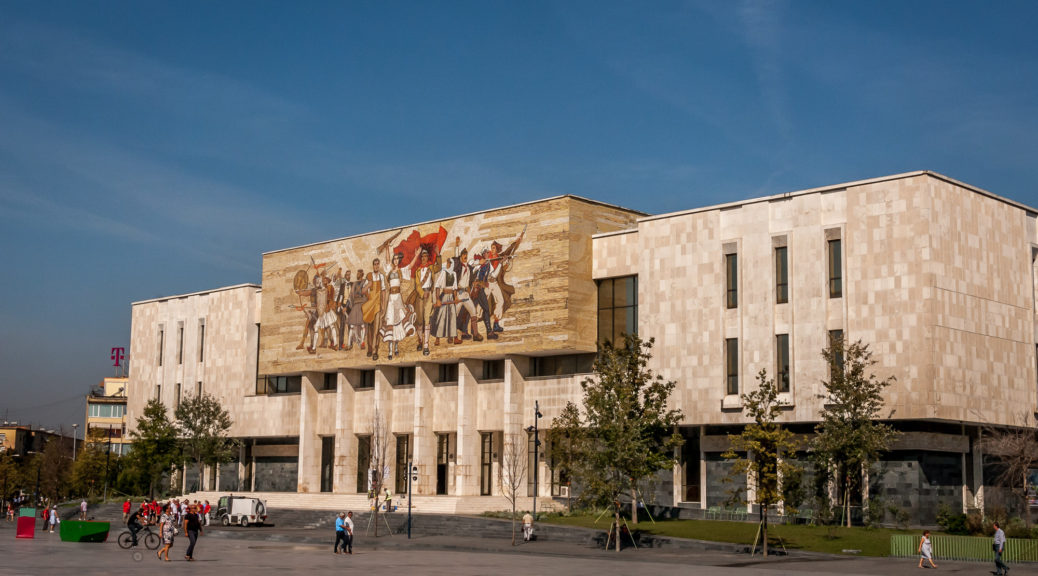
Tirana
From Shkoder we hopped on a bus to Albania’s capital, Tirana. Albania is a rural country and Tirana, in addition to being the capital, is by-far its largest city. Though visibly less modern than many European capitals, it still felt like a major urban center with wide boulevards, glass office towers and large civic buildings. There isn’t a ton of sightseeing to do in Tirana but it was a great stop to learn more about Albania’s fascinating and tumultuous history.
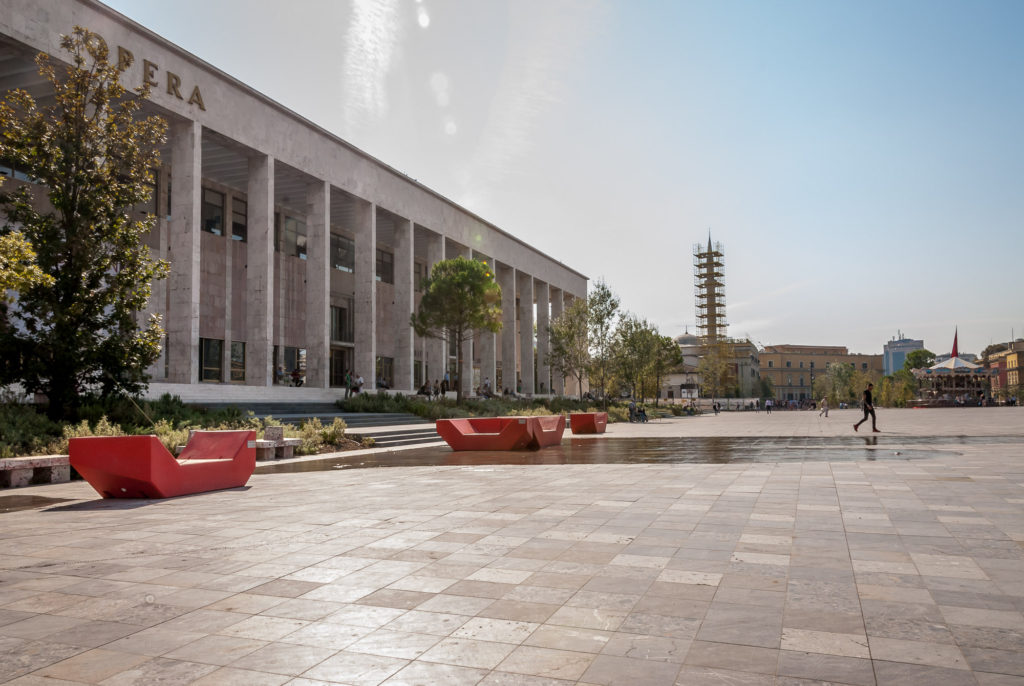
As with many cities we visited on our trip, we began our time with a free walking tour. Our tour guide was probably in his mid-twenties and had grown up mostly in the post-communism era. It was interesting to hear his perspective on his country’s continuing road to development. He cracked jokes about the fact that credit cards still aren’t a thing in Albania. And he pointed out huge building projects in the center of town that have sat unfinished for years.
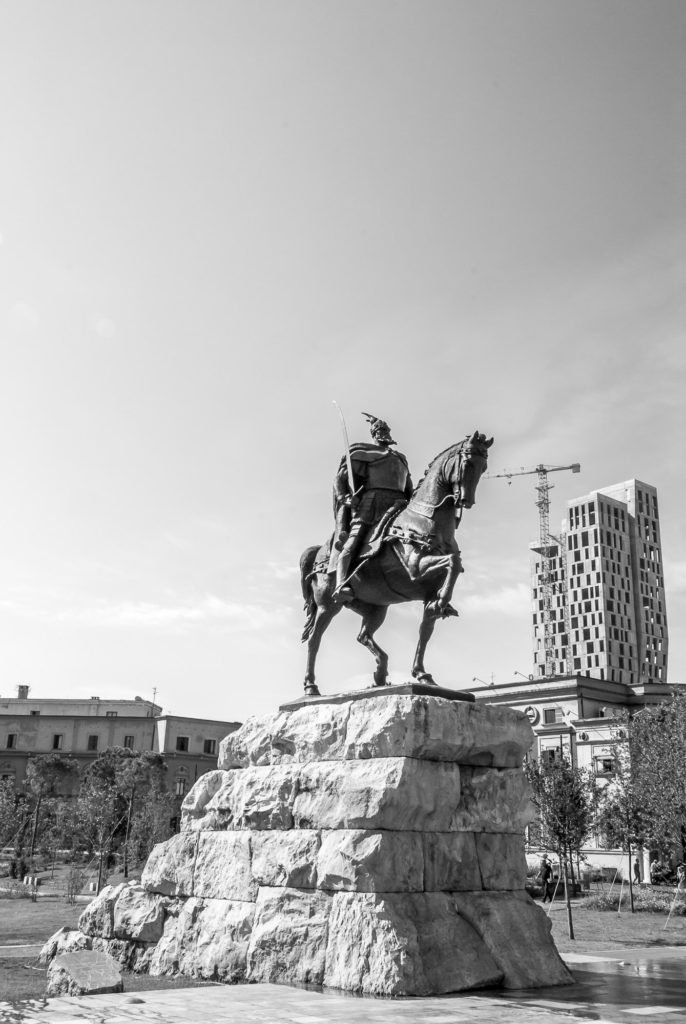
Despite the enormous challenges they’ve faced, the Albanians we met still had pride in their national and cultural identity. While bragging about their country’s religious tolerance our guide shared a quote that I thought was telling: “the religion of the Albanians is being Albanian.”
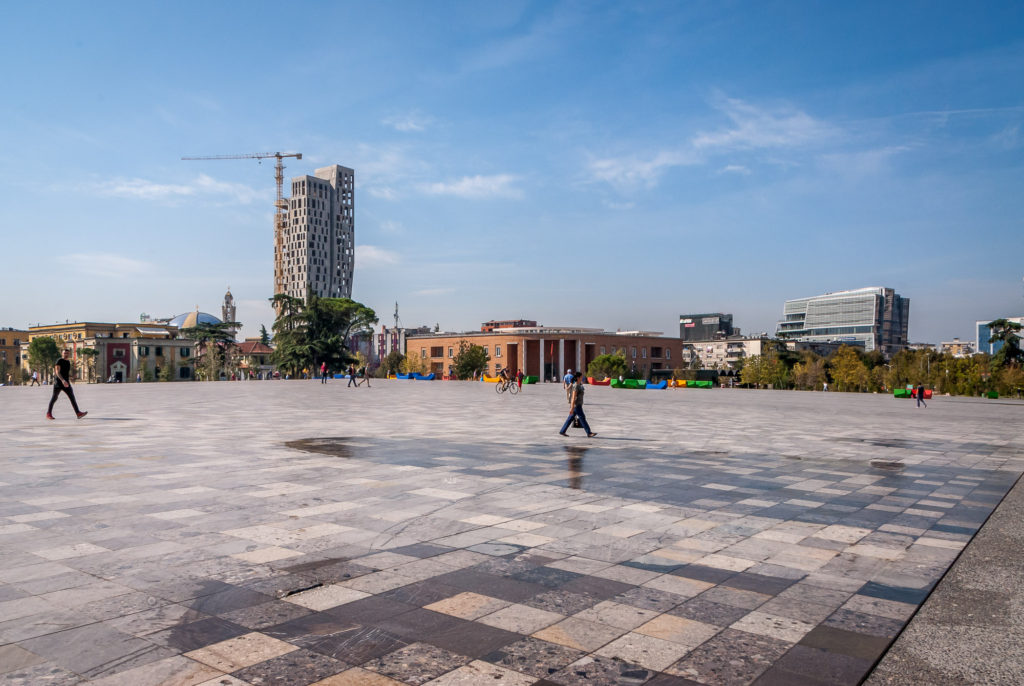
A little patio tucked away behind a museum was one of the most interesting stops on our tour. In this discrete location, accessible to the public but not a place you would just stumble upon, was stashed a collection of communist statues.
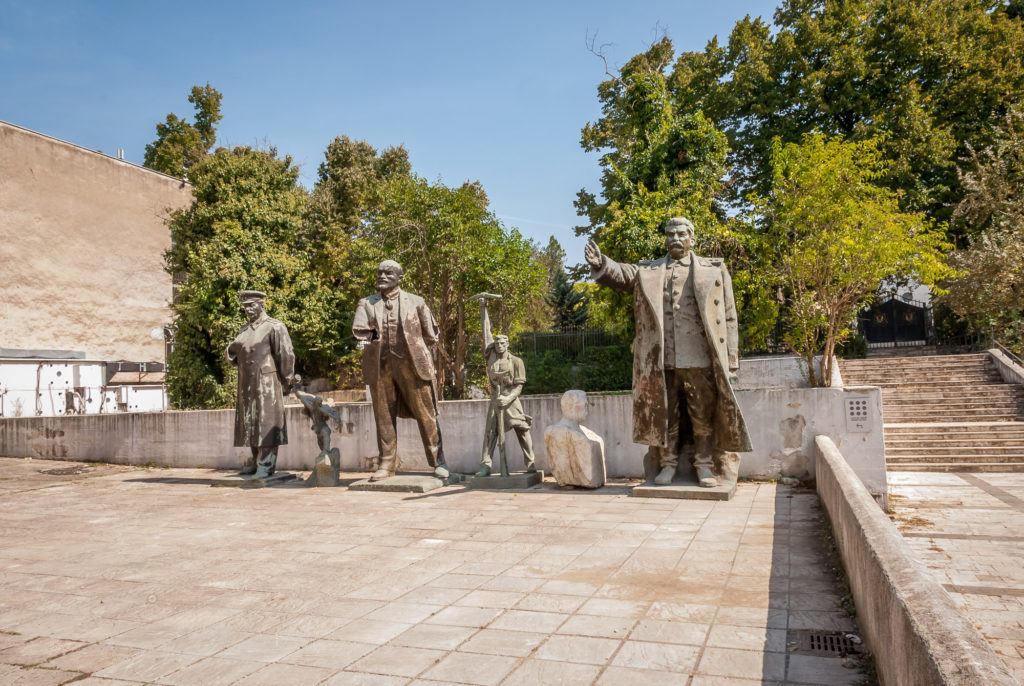
They included images of Lenin and Stalin, as well as generic propaganda figures of workers and soldiers. Clearly no one is quite sure what to do with these once-grand public monuments. The patio felt symbolic of the country’s ongoing discomfort with its recent past. Albania doesn’t want to erase it’s history but also hasn’t fully decided how to cope with this painful period.
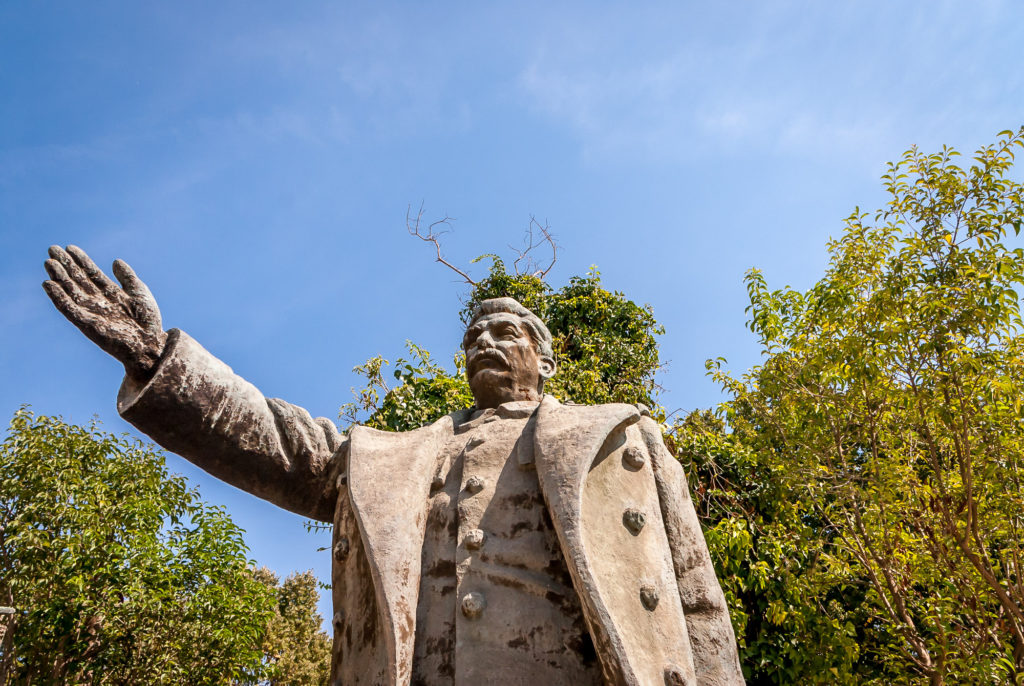
Things to See and Do in Tirana
As I mentioned, there aren’t a lot of can’t-miss attractions in Tirana. We spent a lot of our time there taking it easy at our awesome hostel.
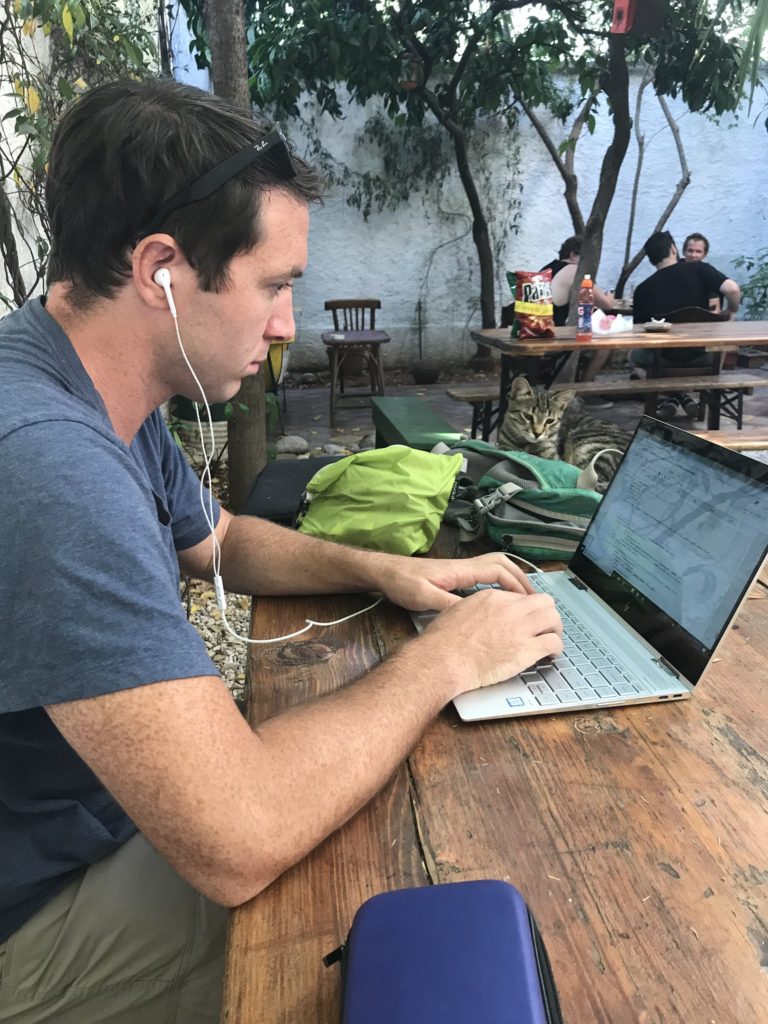
However, it does have a few very unique sights that were worth venturing out and braving the heat to visit.
The Pyramid
This bizarre structure was originally a museum to honor Enver Hoxa, Albania’s long-time dictator. However, communism ended in Albania only a few years after Hoxa’s death.
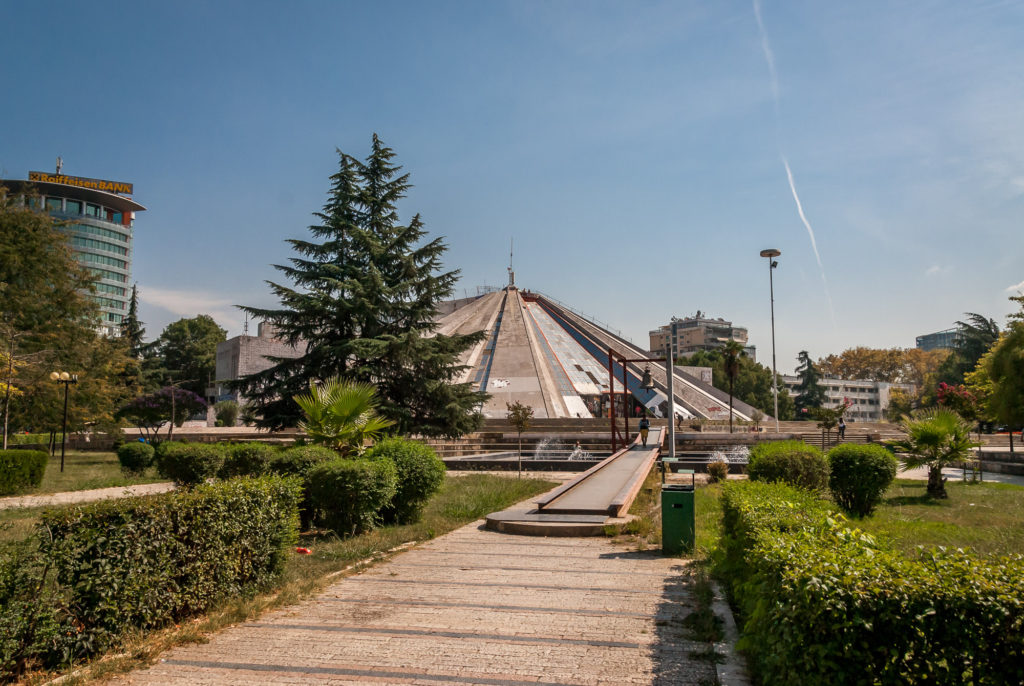
Since the fall of communism the building has had several uses but it currently sits vacant. There has been talk of tearing it down but it seems to be yet another symbol of the past that Albanians feel conflicted about. For the moment, it is popular for backpackers to challenge each other to run up it. (We did not try this.) We even saw some people enjoying beers from the top before sliding down the side.
The Albanian National History Museum
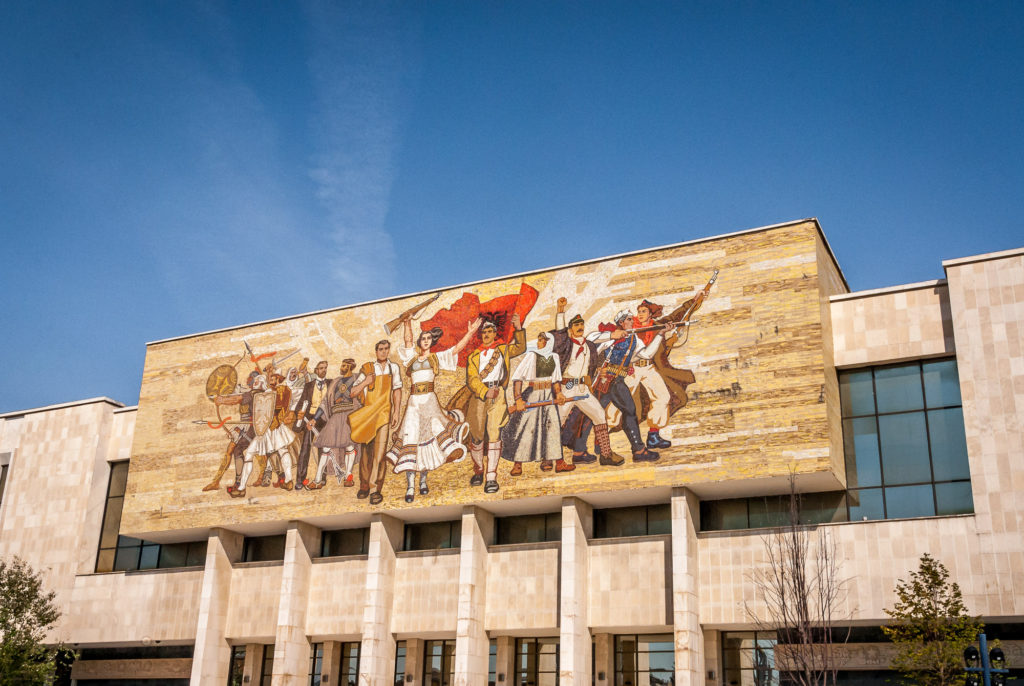
Located on the main square, the museum was a good place to learn about Albanian culture beyond the communist period. The museum felt a bit dated and musty but it houses an impressive collection or artifacts going back to prehistoric times.
Bunk’Art
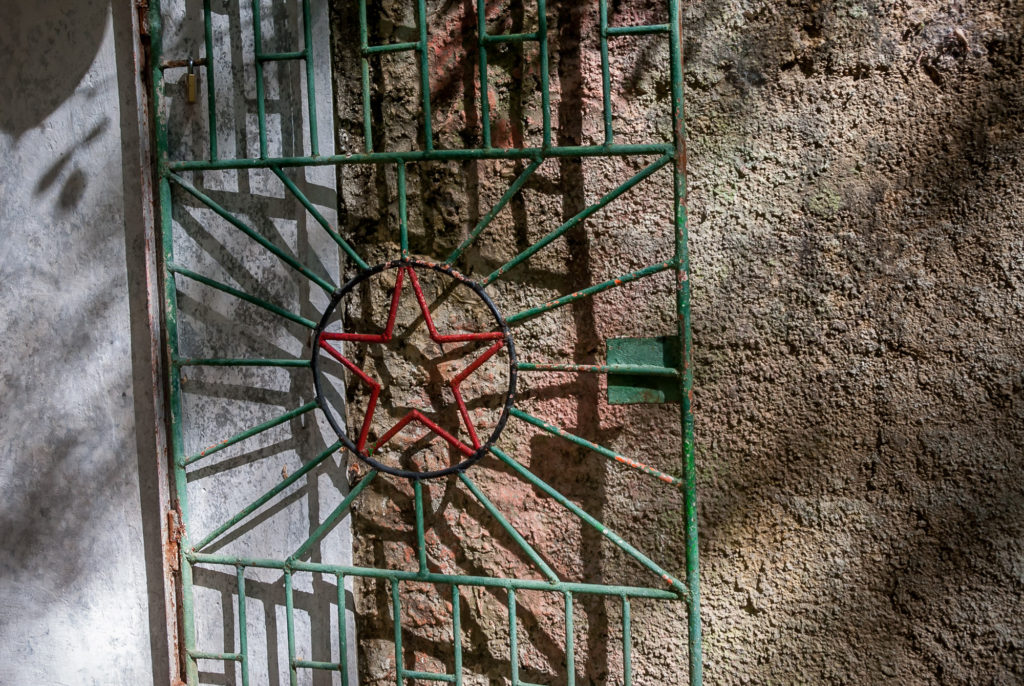
Remember Albania’s thousands of bunkers that I wrote about a few posts ago? Most of the country’s bunkers are small, mass-produced concrete boxes only big enough to hold a few people. The Bunk’Art bunker, on the other hand, is a massive, five-story, underground labyrinth of a nuclear fall-out shelter. Enver Hoxa and his top government officials planned to live and run the country from inside this complex in the event of the invasion they were so paranoid about.
Today Bunk’Art is a history museum and contemporary art space and was probably my favorite place we visited in Tirana. It is a definitely a must-see for anyone visiting the city.
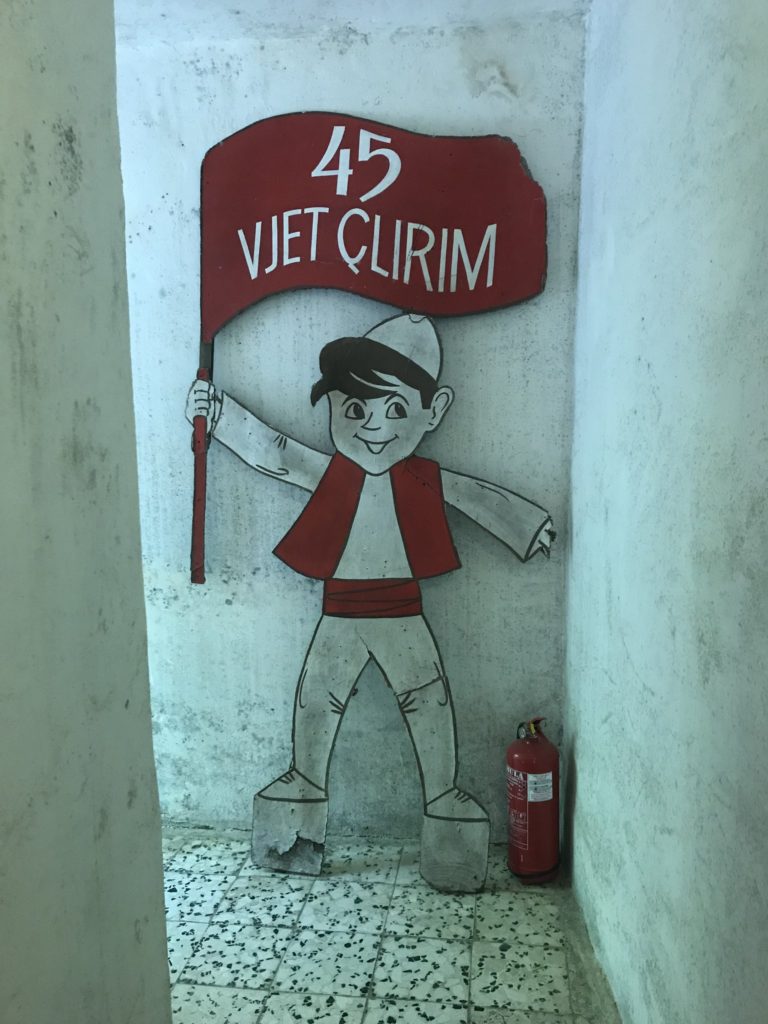
Inside, many of the rooms are perfectly preserved with period furniture, communications equipment and wood paneling still on the walls. We got to wander through Hoxa’s living quarters, military command rooms and even a huge lecture hall. Other rooms alternate between exhibits detailing the modern history of Albania’s and contemporary art exhibits. It reminded me a lot of the basement of the Presidential Palace back in Ho Chi Minh City, which contained a similar underground government and military command center. I didn’t get any photos inside but this Atlas Obscura post will give you a hint of what it’s like down there.
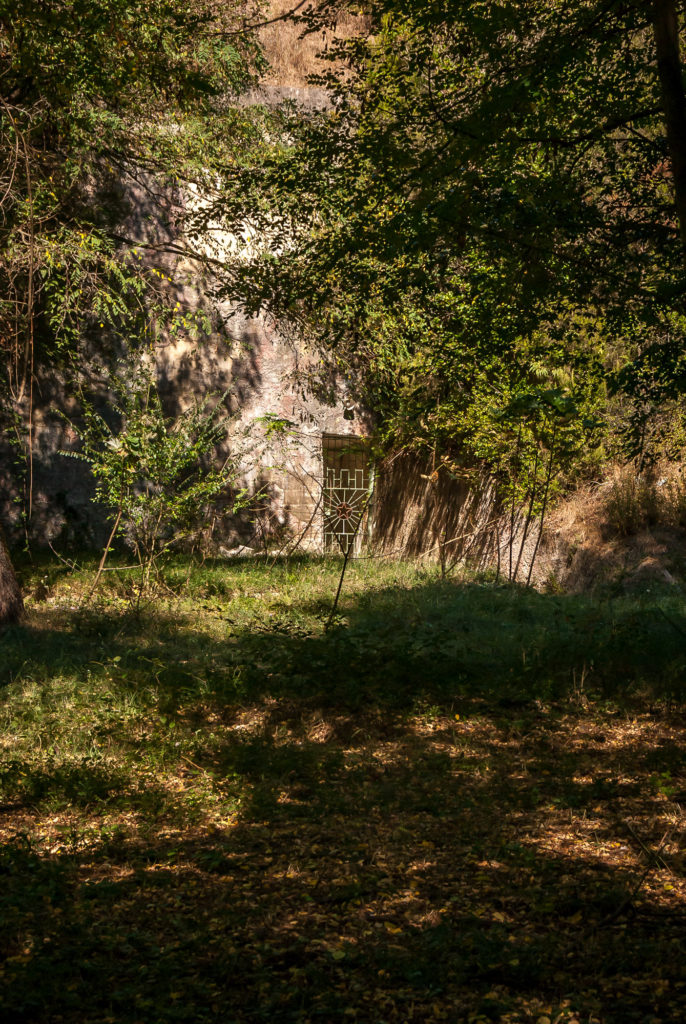
Visiting the Bunk’Art bunker was a truly surreal experience. It is located on the outskirts of town at the edge of a residential neighborhood. To get to it we had to wander through a totally empty, overgrown area and through a long concrete tunnel. We were some of the only visitors there when we went, adding to the eerie effect.
The experience really brought home what a strange and repressive society Albania had been, and how recently things had changed. Considering the extreme isolation and oppression that Albania escaped from less than 30 years ago, its not surprising that the country is still one of the poorest in Europe. However, Albanians today seem optimistic about the future and excited to embrace modernity.